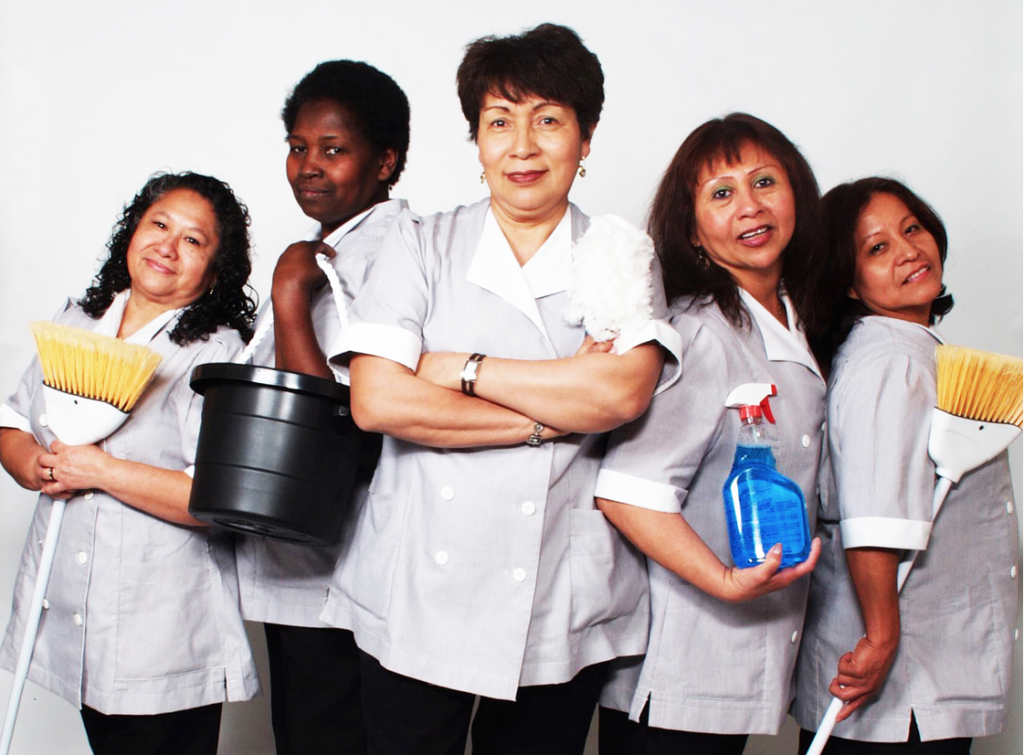I see the shade of the face of this country turning slightly darker, and I want those new faces to be able to succeed and move this country forward. Latinas in particular need to step out of their traditional roles in society and start embracing the opportunities that are all around them, if they know where to look.
With that being said, what very little blogging skills I have will be joining a group of Latinas and their skills in building a new blog. The name is still to be determined, but the message is pretty simple: Latinas need to start speaking out.
My vision for this blog is to have it be a space where Latinas can speak about their lives and the changes they want to see. Yes, this means feminism. And while feminism in the Latin world is mostly seen through the grassroots movements, there is very little feminist activity in the Latino world. Hopefully this blog will at the very east get us to start thinking about how we as Latinas fit into this society and what we can do to make sure we are respected as much as any other woman and man.
I will be turning the OYE Facebook page over to the new blog, so any current followers/readers will be notified when the blog is up. I will be updating this post with the link in the near future.
Thanks to anyone who actually read my posts!








